With LDSD, NASA Finally Has its Own Flying Saucer For Mars
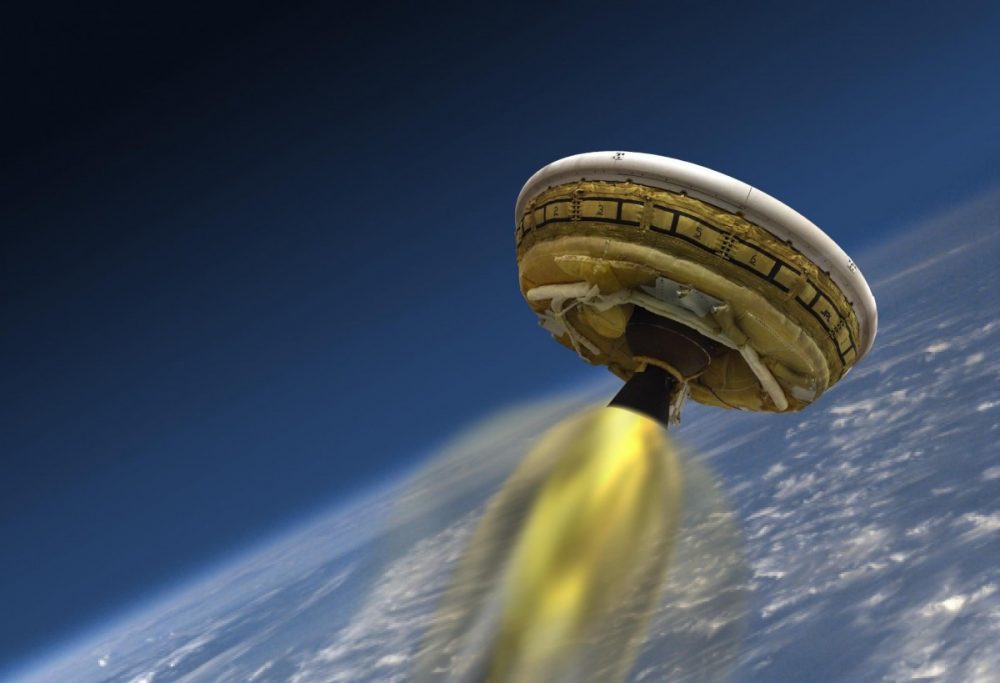
Flying saucers were an integral part of our 20th century pop culture. Movies like “The Day the Earth Stood Still” initiated our obsession with the rounded spaceships of unknown visitors. They also inspired a million hoaxes and countless imaginative tales of anal probes. But now NASA has made its own version of this Science Fictional travel medium to further transport capabilities to Mars.
The test program, called the Low-Density Supersonic Decelerator (LDSD), was put into an evaluation phase over the last weekend and it came out with flying colors. The test was done at the U.S. Navy’s Pacific Missile Range Facility in Kauai, Hawaii.
The LDSD is an important technology to look forward to. The successful landing of the one tonne Curiosity rover using the rocket powered Sky crane set the precedence for this craft. NASA realized that the future missions will try to get even bulkier equipment on board and if the current plans of forming a human settlement on Mars have to succeed, they need to find a way to deliver payload efficiently and cost effectively.
The LDSD, along with the Supersonic Inflatable Aerodynamic Decelerator (SIAD) was tested in the Stratosphere at the heights 36.58 KM above the earth surface where the winds are as thin as Mars. In the stratosphere, the LDSD payload underwent a rocket-powered trajectory to reach supersonic speeds. After this the deployment and optimum functioning of the inflatable decelerators were tested. This was followed by the recovery of the balloon and test vehicle in the ocean.
NASA intends to use atmospheric drag as a landing solution, thereby saving rocket engines and fuel for final maneuvers and landing procedures. The technology for bigger spaceships will be bulkier to assist the massive crafts with landing capabilities. As the name suggests the craft is deployable at supersonic speeds and can bring the speed down for safe landing.
Mars is a complicated environment for landing spacecraft’s. As it has a thin atmosphere, the parachutes need to be massive. Airbags and rockets have been used for past missions, but they would not be that efficient with larger payloads.
This was the first of the three tests for the LDSD technology. There will be two other devices which will be tested later. As the mission dates for the audacious plans for landing humans on Mars is drawing closer, NASA intends to attain flight level maturity in the coming two-three years.
















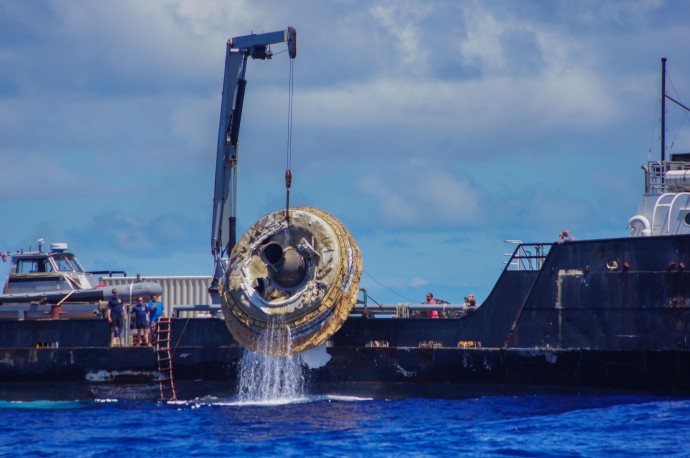
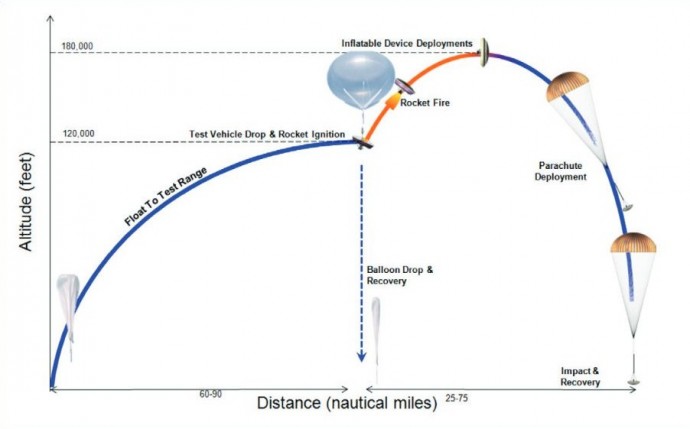

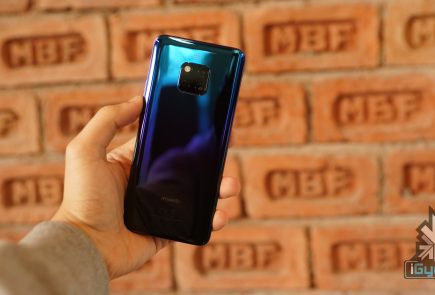

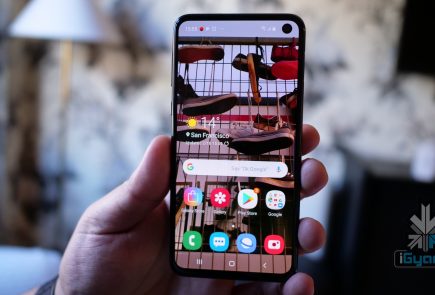


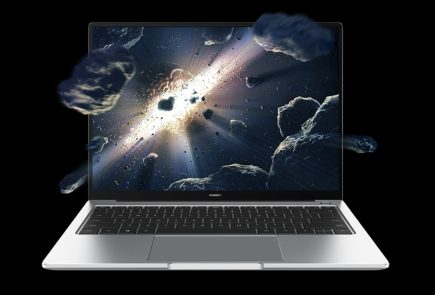


 ! For i
! For i

